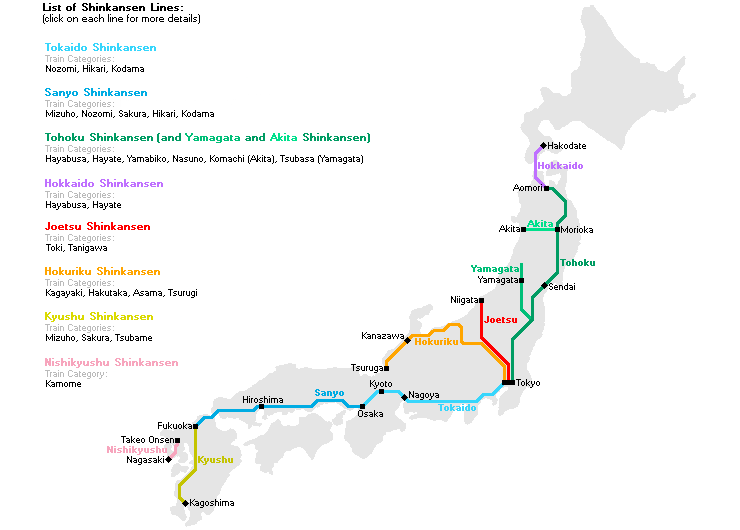
Japan’s high-speed bullet trains, known as Shinkansen (新幹線), offer the fastest and most convenient way to travel across the country. Operated by Japan Railways (JR), these trains connect major cities like Tokyo, Kyoto, Osaka, Hiroshima, and Sapporo, making travel efficient, comfortable, and hassle-free for Indian travelers.
IC cards (e.g., Suica, Pasmo, and ICOCA) are rechargeable smart cards used for public transportation, vending machines, and convenience stores. While they do not cover Shinkansen rides, they can be used for short-distance travel on certain Shinkansen lines under the IC fare system.